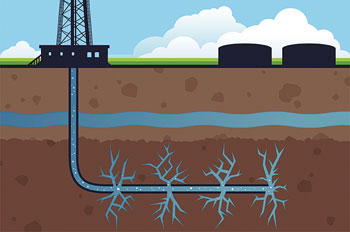“The key to reaching these goals is the abundance of natural gas made possible by fracking. Substitution of gas for coal has already reduced U.S. carbon emissions by 15 of the required 30 percent since 2005. No other country has made such progress. Because of increasing gas production from our country’s vast shale formations, the U.S. has become the largest natural gas producer in the world. Natural Gas is reducing energy bills, and allowing a transition away from coal.”

Regarding alternative energy sources he said, “While we are generating more electricity with wind and solar power, these two sources combined account for less than five percent of our electricity needs. Both are expensive, intermittent and both require large areas of land dedicated to energy production. To date, wind and solar power facilities are still small contributors in meeting our energy needs.
(Ed Note: The Panoche Valley Solar energy project 50 miles south of Hollister if approved will have 1 million photovoltaic panels covering 1,629 acres, and there are options to purchase and additional 24,176 acres of surrounding ranchland as permanent open space to offset impacts to wildlife.)
“For the foreseeable future, our supply of electricity will primarily come from natural gas, coal and nuclear energy. Coal-fired power will still provide more than 30 percent of our electricity in 2030, far more than wind and solar. Renewable sources of power are important but portraying them as an immediate answer to our energy needs is irrational.”
When asked about the safety of fracking in terms of water use and pollution he said, “The average well uses 185,000 gallons of water during the fracking process which is about one days water use by an 18-hole golf course. The 800 wells in California that used the fracking process last year used about 0.0005 percent of water that was consumed for residential, industrial, commercial, and agricultural usage in California. The state of Pennsylvania has the most stringent regulations for fracking and has not found that water pollution is a problem.”
We asked about earthquakes since this is California and Dr. Porter said, “The fracking process affects rock layers that are relatively shallow compared to the depth of an earthquake which usually takes place 3-20 miles under the earth’s surface. Fracking has been taking place in several areas of California including Kern County for many years and there has been no instance of fracking causing earthquakes.”
•••
For more information go to: www.winporter.com